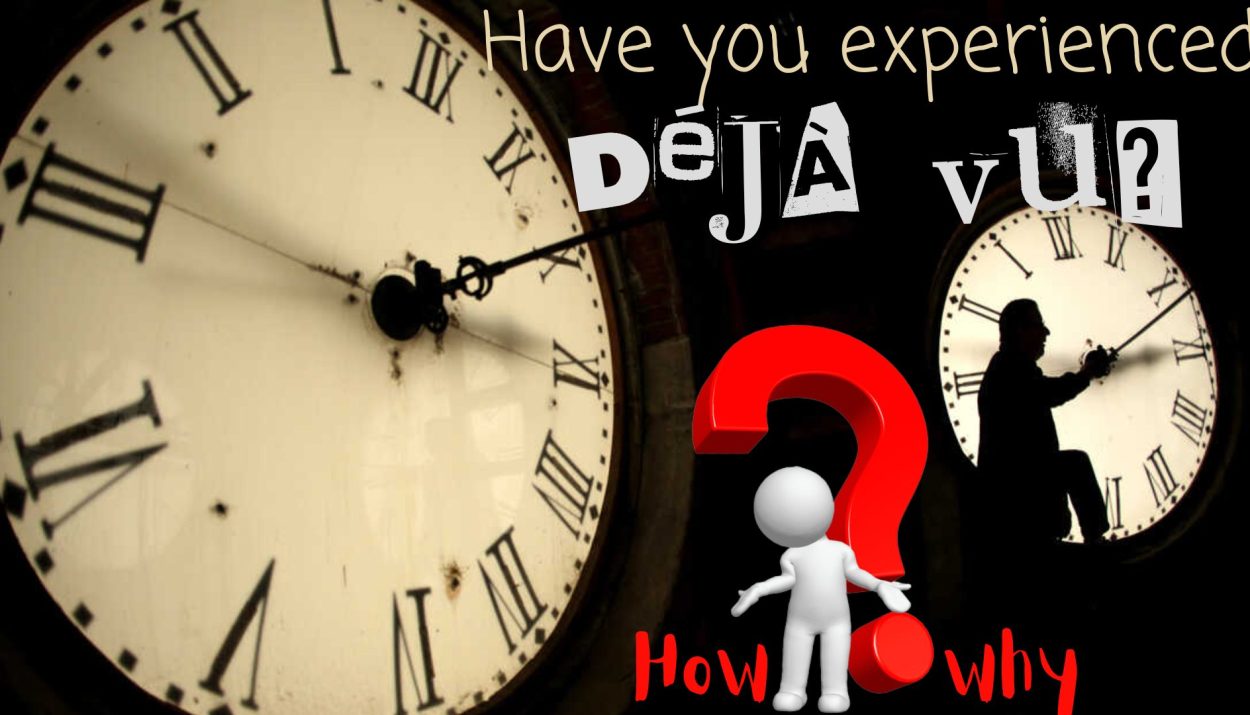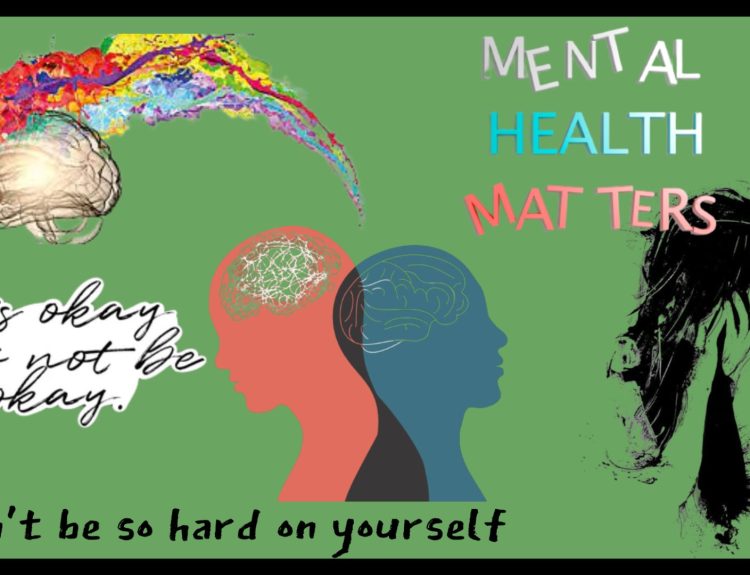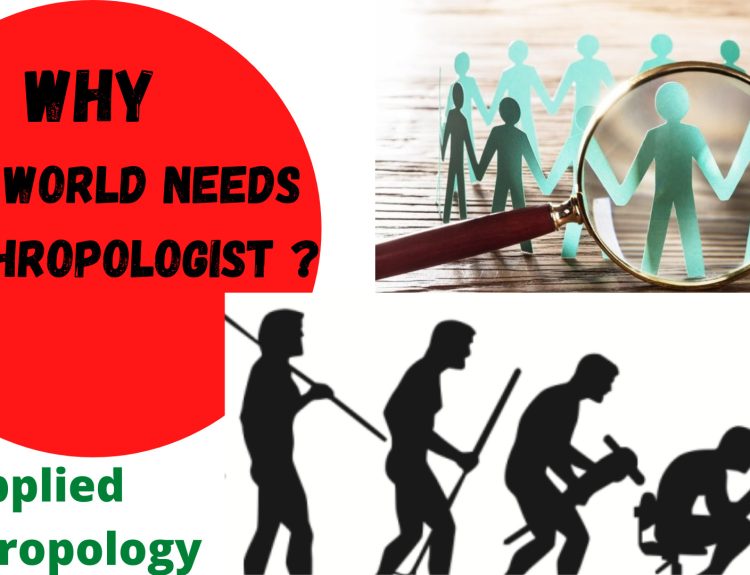Déjà vu, the eerie feeling of having experienced a present moment before, has captivated human curiosity for centuries. Across cultures and time, individuals have reported encountering this enigmatic phenomenon. Anthropology, the study of human societies and cultures, offers a unique lens to explore the multifaceted nature of déjà vu. “Déjà Vu: A Journey into the Labyrinth of Memory” unravels the enigmatic nature of familiarity, guiding us through the intricate corridors of the mind’s recollections.
The next instance of experiencing déjà vu, pause for a moment and contemplate.
Were you momentarily distracted?
Is there a familiar object in your surroundings?
Is your cognitive processing momentarily delayed?
Or could there be an alternative explanation?
What is Déjà vu?
Déjà vu is a curious and often mystifying phenomenon experienced by many individuals at some point in their lives. It refers to the feeling or sensation that one has already experienced in a current situation, even though it is objectively unfamiliar. Emile Boirac coined the term “déjà vu” in French, which translates to “already seen.”
The sensation is akin to visiting a location or encountering someone or a particular situation, where there is a distinct sense of familiarity as if you have previously experienced it or possess prior knowledge of it. This occurrence happens frequently with approximately ninety per cent of instances being attributed to a psychological process. However, despite this overwhelming feeling of familiarity, individuals often struggle to pinpoint the exact moment or context in which the perceived repetition occurred.
Theories and Explanations
Déjà vu, the uncanny feeling of familiarity in a new situation, has puzzled researchers and scientists for decades. While the exact cause of déjà vu remains elusive, several theories have emerged to explain this intriguing phenomenon. These theories span various disciplines, including psychology, neuroscience, and cognitive science.
Let’s explore some of the prominent theories behind déjà vu:-
- According to certain researchers, the phenomenon of déjà vu may be linked to the formation and storage of memories in the brain, primarily occurring within the temporal lobes where long-term memories, experiences, and factual information reside. Supporting this theory, scientists highlight that individuals most commonly and frequently reporting experiences of déjà vu are often those who suffer from epilepsy, particularly temporal lobe epilepsy, which is the most prevalent form. In cases of temporal lobe epilepsy, seizures originate in the temporal lobe. Studies have also revealed that some patients with this condition often report experiencing déjà vu moments just before an epileptic event or seizure, to the extent that it can serve as a kind of warning sign.
However, it is worth noting that not everyone who experiences déjà vu also has epilepsy, although abnormal electrical impulses associated with epilepsy can occur in individuals who are not diagnosed with the condition. It is easier to study since it occurs far more frequently in the individuals it affects. As a result, some theorists propose that déjà vu could be likened to a “short circuit in the brain’s circuits.” This malfunction can manifest in various ways, such as neurons responsible for recognition and familiarity mistakenly firing, leading the brain to confuse the present with the past. Alternatively, neurons associated with short-term memory may inadvertently bypass the short-term memory bank, crossing over into circuits designated for long-term memory.
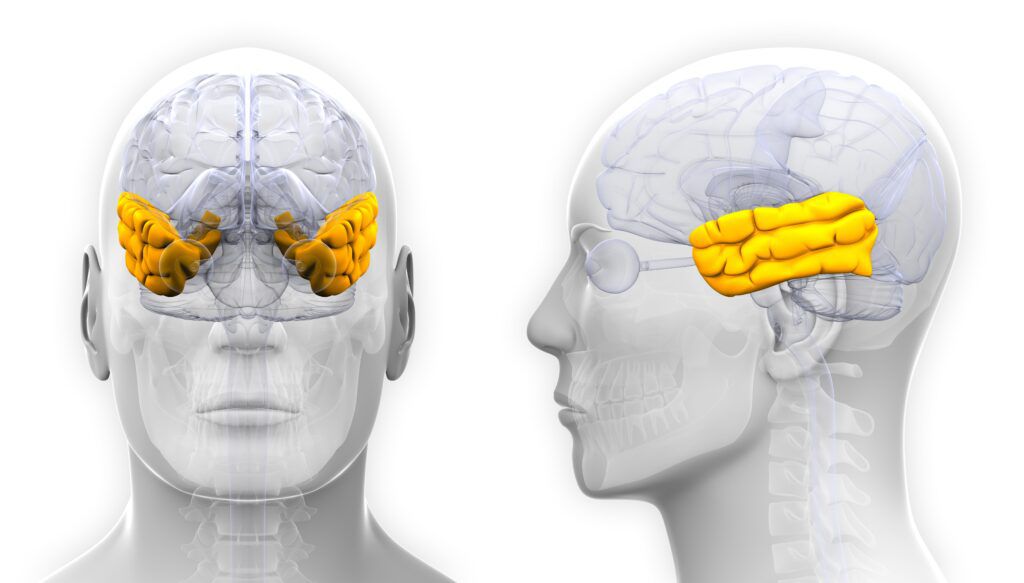
Similarly, for individuals without epilepsy, the multifaceted process by which the brain constructs a complete memory, incorporating sensory information, could contribute to the occurrence of déjà vu. Since the brain employs numerous pathways to process sensory information and store memories, it is plausible that a minor sensory detail, like an intriguing scent, could trigger a sense of familiarity that cannot be precisely linked to the specific memory to which it should correspond.
- Dual-Processing Theory suggests that déjà vu arises due to a temporary conflict or mismatch between conscious and unconscious processes in memory retrieval. It proposes that a situation or stimulus may be perceived as both new and familiar simultaneously, creating a sense of déjà vu.
- According to Hologram Theory, the brain stores memories in a three-dimensional holographic format. During déjà vu, the brain might access a fragment of a memory that closely resembles the current situation, leading to the feeling of familiarity.
- In a particular study, researchers utilized MRI imaging to conduct brain scans on participants while inducing a simulated experience of déjà vu within a laboratory setting. Surprisingly, the areas of the brain that exhibited the highest activity were associated with decision-making rather than memory. According to this theory, the sensation of déjà vu might arise from the brain rapidly engaging in a type of conflict resolution, attempting to determine whether there is a discrepancy between our perceived experiences and the actual occurrences.

- There is a possibility that a much simpler explanation exists for déjà vu – it could be triggered by a “forgotten” memory. It is widely acknowledged that memories of lesser significance or those that are infrequently accessed tend to fade away over time or become suppressed to some extent. In this context, déjà vu may arise when our current experience bears similarity to one of these discarded memories that haven’t completely vanished but remain somewhat lingering in our subconscious. Moreover, individuals who travel frequently are believed to experience déjà vu more frequently than others, potentially reinforcing this theory. The more places one has visited and the greater variety of experiences encountered, the higher the likelihood that a seemingly novel encounter may evoke a sense of familiarity, resembling something that is no longer consciously remembered.
- Attentional Delay Theory suggests that déjà vu occurs when there is a slight delay in the information reaching the conscious awareness. As a result, the brain may process the information as if it were a memory, creating a feeling of déjà vu. For example- Imagine you’re standing on the edge of a breathtaking cliff, feeling the exhilaration and awe of the view stretching out before you. As you reach out to touch a nearby rock, a sudden gust of wind steals your attention, making you turn your gaze away. In that fleeting moment, the world around you shifts, and when you return your focus to the rock, it seems as though the first touch occurred ages ago.
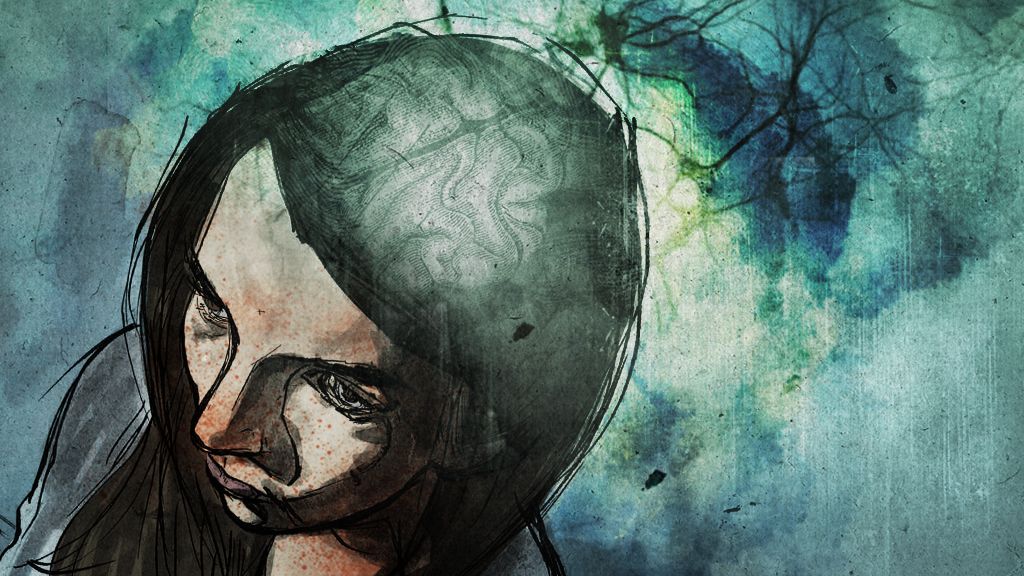
It is important to note that these theories are not mutually exclusive, and multiple factors might contribute to the occurrence of déjà vu. While researchers continue to explore and refine these theories, the exact mechanisms underlying déjà vu remain an ongoing scientific inquiry.
An Anthropological Perspective on the Phenomenon
Anthropology recognizes that cultural contexts shape our perceptions and experiences. Various cultures have diverse interpretations of déjà vu. For instance, in certain indigenous societies, déjà vu is believed to be a sign of ancestral spirits attempting to communicate with the living. These cultural interpretations link the phenomenon to broader cosmological and spiritual beliefs, emphasizing the interconnection between the past and present.
Anthropology recognizes the importance of cultural memory, which shapes collective identities and historical narratives. Déjà vu, with its associations with past experiences, contributes to the construction and transmission of cultural memory. It links individual and collective memories, highlighting the interconnectedness of personal and shared histories within a cultural context.
In popular culture, déjà vu often appears as a subject of fascination, sparking imaginative interpretations in movies, books, and other forms of media. It continues to captivate the human imagination and serves as a source of intrigue and wonder. Through an anthropological lens, we embark on a fascinating journey into the mysteries of déjà vu, unravelling the threads that connect our past, present, and future.
References
4 Possible Explanations for Déjà Vu
A Journey Back to the Past: Déjà Vu
Deja Vu: What It Is and Why It Happens
What causes déjà vu? The quirky neuroscience behind the memory illusion


